-
3D Printing: Everything You Need to Know
Feb 15, 2023 | ACS MATERIAL LLCWhat is 3D Printing?
3D printing is exactly what it sounds like: printing in three dimensions. But it’s so much more than that. Since the first 3D printing technique, stereolithography, was developed in the 1980s, 3D printing has exploded into a huge industry. At first, 3D printing was limited in the materials that could be printed and the structural properties that could be achieved. 3D printers were also very expensive. But, as with computers and cell phones, the technology advanced rapidly over a few decades. Now there are countless 3D printers available, including affordable options for individuals and small businesses. Virtually any material can be 3D printed these day, often with the structural properties required for production parts.
All of these 3D printers have three key things in common: They’re additive, they’re layer-based, and they’re three-dimensional. What does that mean?
All 3D printers function in essentially the same way. They start with a 3D model of the part to be printed. They use special software to “slice” the model into layers and translate these layers into code, which tells the printer what to do. The printer then adds material one layer at a time to build a complete 3-D part. How they add material varies widely.
Types of 3D Printing
The many 3D printer models available today can be grouped into seven primary categories, based on how they apply layers of material.
Fused Deposition Modeling
Fused deposition modeling (FDM) is the most common 3D printing method. The printer deposits half-molten material one layer at a time; each layer sticks to the last and later solidifies into the finished part. If you’ve seen a 3D printer building parts from a spool of colorful filament—much like an oversized sewing machine—then you’ve seen FDM at work. FDM printers feed filaments from a spool to a heated nozzle, which softens the material enough for it to be deposited into the desired layer shape.FDM filaments are most often polymeric, sometimes with added materials like wood particles or chapped glass fibers to achieve the desired mechanical or cosmetic properties. FDM can also make metal parts by using filaments made of metal powder mixed with binding agents. However, metal parts produced this way require post-processing steps to remove the binder and sinter the metal to achieve its full density.
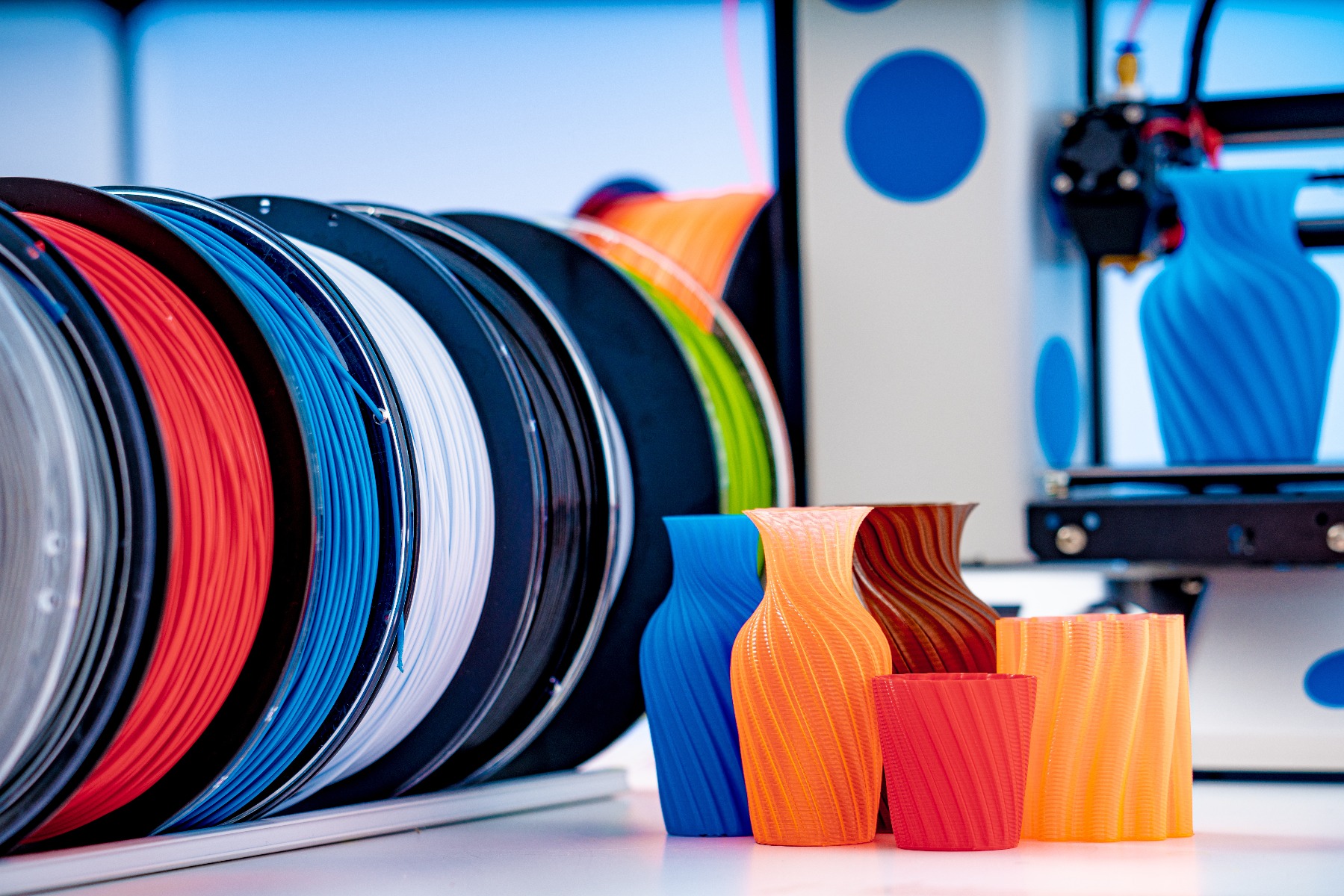
Vat Photopolymerization
Stereolithography, the first 3D printing method to be patented, falls into this category. Vat photopolymerization starts with a vat of liquid polymer. The polymer must be photosensitive, meaning it will cure, or harden, when exposed to light. The printer uses a light source such as a laser to selectively cure the polymer in the shape of the first layer. Then the build platform moves down, and the laser traces the next layer.Like many 3D printing methods, vat photopolymerization has low material waste. When the finished part is removed from the vat, the remaining liquid polymer can be used for the next print job. The disadvantage to this method is that it requires photosensitive materials, so it’s limited to certain types of polymers.
Material Jetting
Similar to vat photopolymerization, this method uses photosensitive polymer or wax that will cure when exposed to light. The printer deposits a thin layer of photosensitive material, then a light source comes on briefly to cure it, and the printer proceeds to the next layer. Material jetting is particularly useful for parts that require different colors or materials, because the part can be printed with multiple materials in one sitting.Although material jetting is mostly used with polymeric materials, a new process called nanoparticle jetting works on metals and ceramics as well, using heat instead of light to adhere material particles. This method currently supports only a few types of metals and polymers, but that list should expand with time.
Binder Jetting
Binder jetting is similar to material jetting, except it starts with powder particles and uses a liquid binding agent to fuse them together. For each layer, the printer’s nozzle passes over a thin sheet of powder and deposits binding agent in the desired shape. After printing, the leftover powder can be reused.Binder jetting is popular for metal end-use consumer products due to its high speed and volume, and because it is conducive to a variety of metal powders. It is not often used for plastics, because it produces weak structural properties in plastic parts.
Direct Energy Deposition
Similar to vat photopolymerization, direct energy deposition (DED) uses a laser to melt the material—but it also deposits the material through a nozzle simultaneously. It can be used on a variety of materials, but metals are most common.Because DED is a faster, cheaper alternative to traditional methods like casting and forging, it has become a favorite way to repair existing metal parts. DED is commonly used for critical repairs in the aerospace, power, and offshore oil and gas industries.
Sheet Lamination
Instead of starting with material in liquid, powder, or wire form, sheet lamination starts with thin sheets of material. These are cut into layers, either mechanically or with a laser, then laminated together.Sheet lamination works on a variety of materials, including papers, plastics, composites, and metal foils. It is popular for building visual models quickly and cheaply. However, because it produces weak structural properties, it is not suitable for most functional parts.
Powder Bed Fusion
The powder bed fusion (PBF) method starts with a bed of powder, then aims a thermal source at the powder particles to bind them together in the desired shape for each layer.At ACS, our printers use a type of PBF called selective laser melting (SLM), sometimes known as laser powder bed fusion (LPBF) or direct metal laser sintering (DMLS). The printer first uses a roller or blade (similar to a windshield wiper) to spread a thin layer of powder onto the build plate. Then a laser (or several lasers) traces the powder with the shape of the first layer, providing enough energy to fuse the particles together. The build platform moves down, the printer applies another layer of powder, and the laser fuses it to the first. When the 3D printed product is complete, the leftover metal in the powder bed can be reused on the next print.
SLM is a versatile process; it can be used for dozens of metals and alloys. Because it produces metal parts as dense as traditional methods like casting and machining, it can produce not only prototypes but also production parts. It is also suitable for complex geometries, including medical applications where a metal part needs to mimic an organic structure.
Many assemblies that were traditionally multi-part can be reduced to a single component with SLM. SLM can also be used to build parts with hollowed-out features or internal channels with far less waste than traditional manufacturing methods like machining.
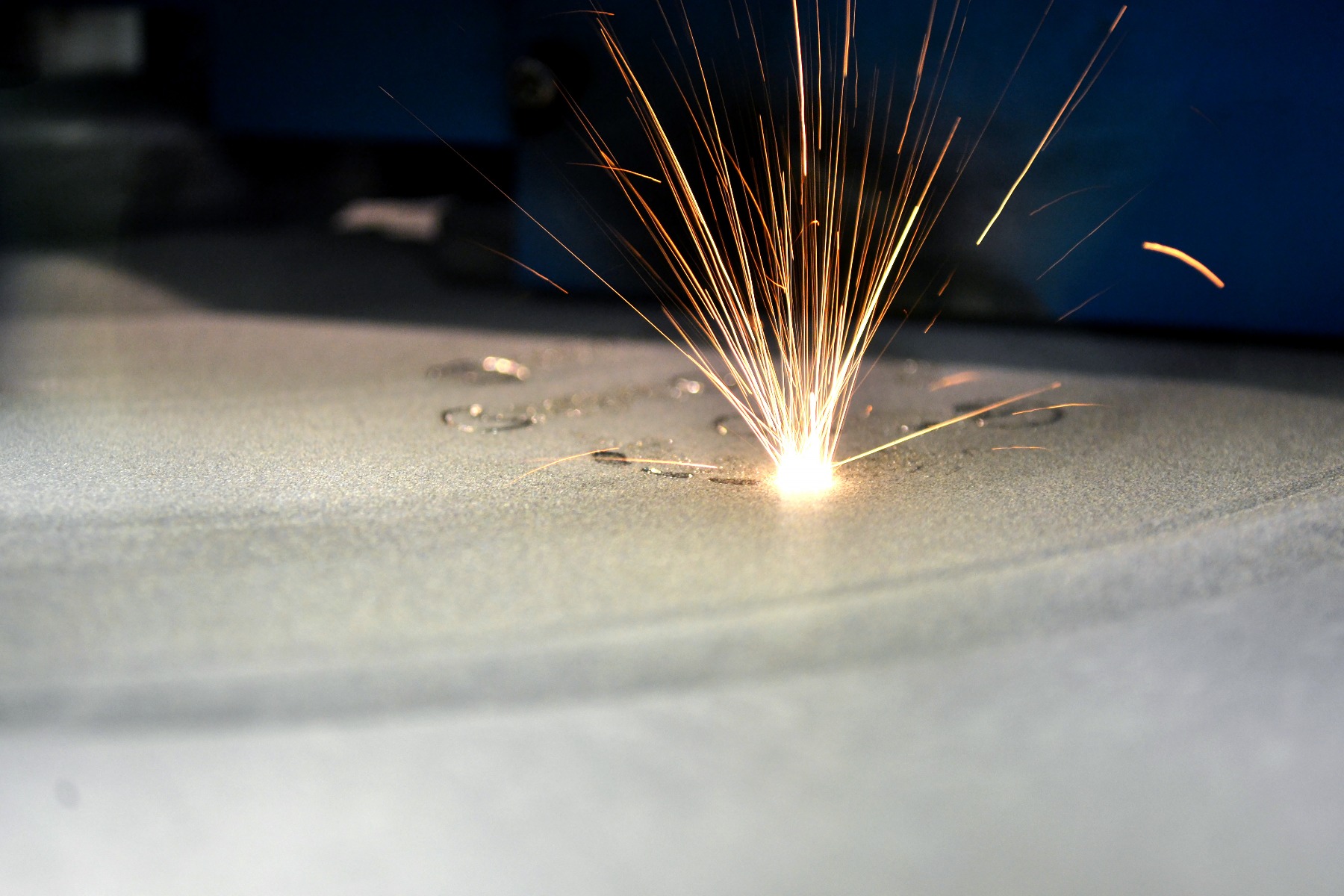
3D Metal Printing Applications
Now that 3D printing is capable of making metal parts with robust mechanical properties, even the most demanding industries have begun to harness 3D printing technology. Here are a few of the industries supported by ACS’s 3D metal printing equipment.
Aerospace & aviation
3D printing has opened a world of possibilities for the aerospace and aviation industries, and is now used to make parts like turbine blades and fuel injectors. The large, multi-component assemblies typical in these industries can now be 3D printed in fewer parts. This not only saves time and money, but can reduce failure risk by reducing the number of welds required to combine parts.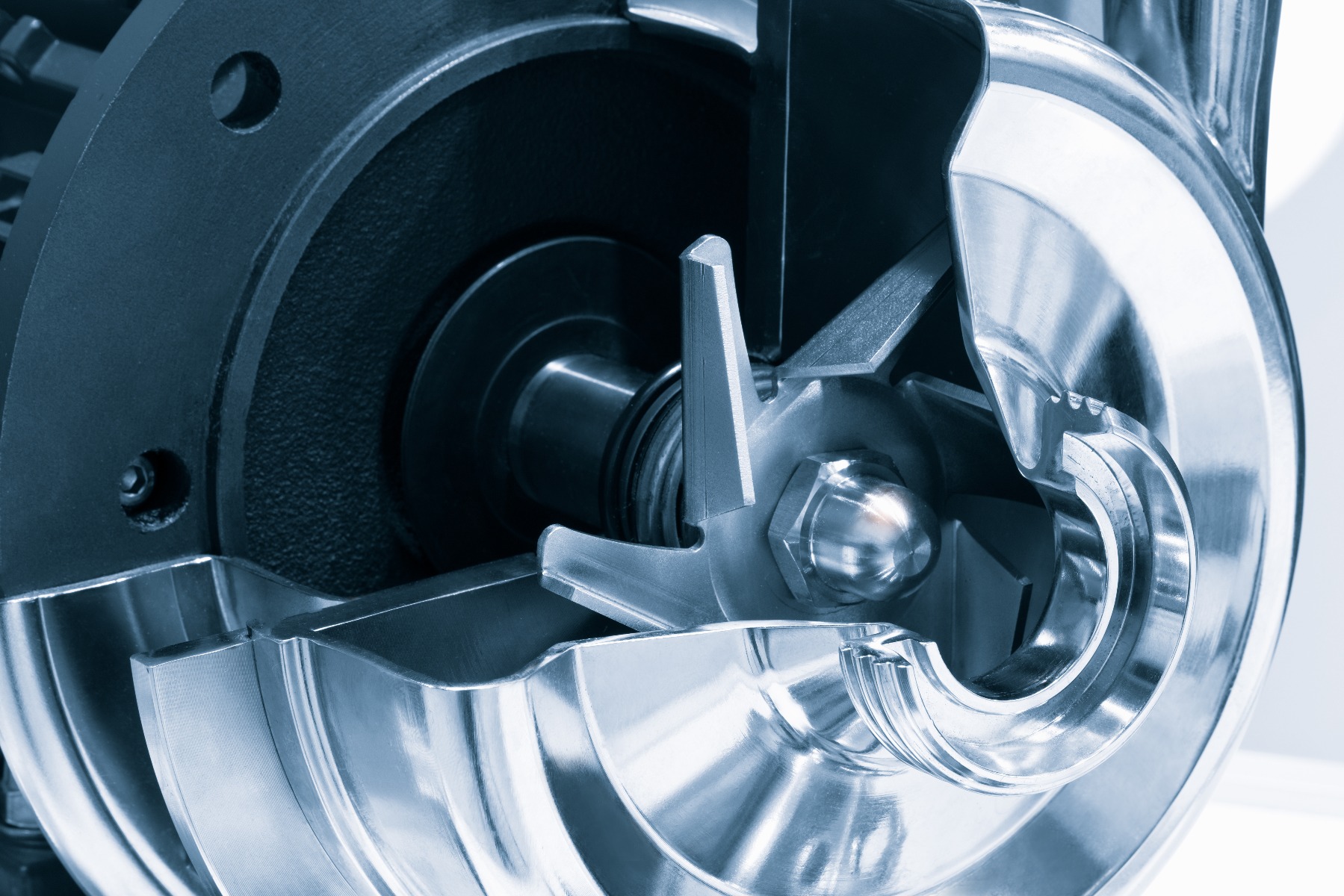
Automotive
3D printing is now used to build a variety of metal parts for the automotive industry, including radiators, heat exchangers, and battery cold plates. It’s particularly helpful in the world of Formula 1, where technology is rapidly evolving and cars are constantly being pushed to their limits. 3D printing makes it faster and more affordable than ever for Formula 1 teams to iterate new part designs.Medical
With 3D printing methods like SLM capable of producing highly complex geometries, including those mimicking organic structures, 3D metal printing has found many applications in the medical industry. Dentists use it to create crowns and copings, and surgeons use it to build cheaper surgical instruments. 3D printing has allowed patients to receive custom prosthetic limbs at much lower cost, and without waiting weeks or months like they used to with traditional manufacturing methods. This is particularly helpful for children, who quickly outgrow their prosthetic limbs.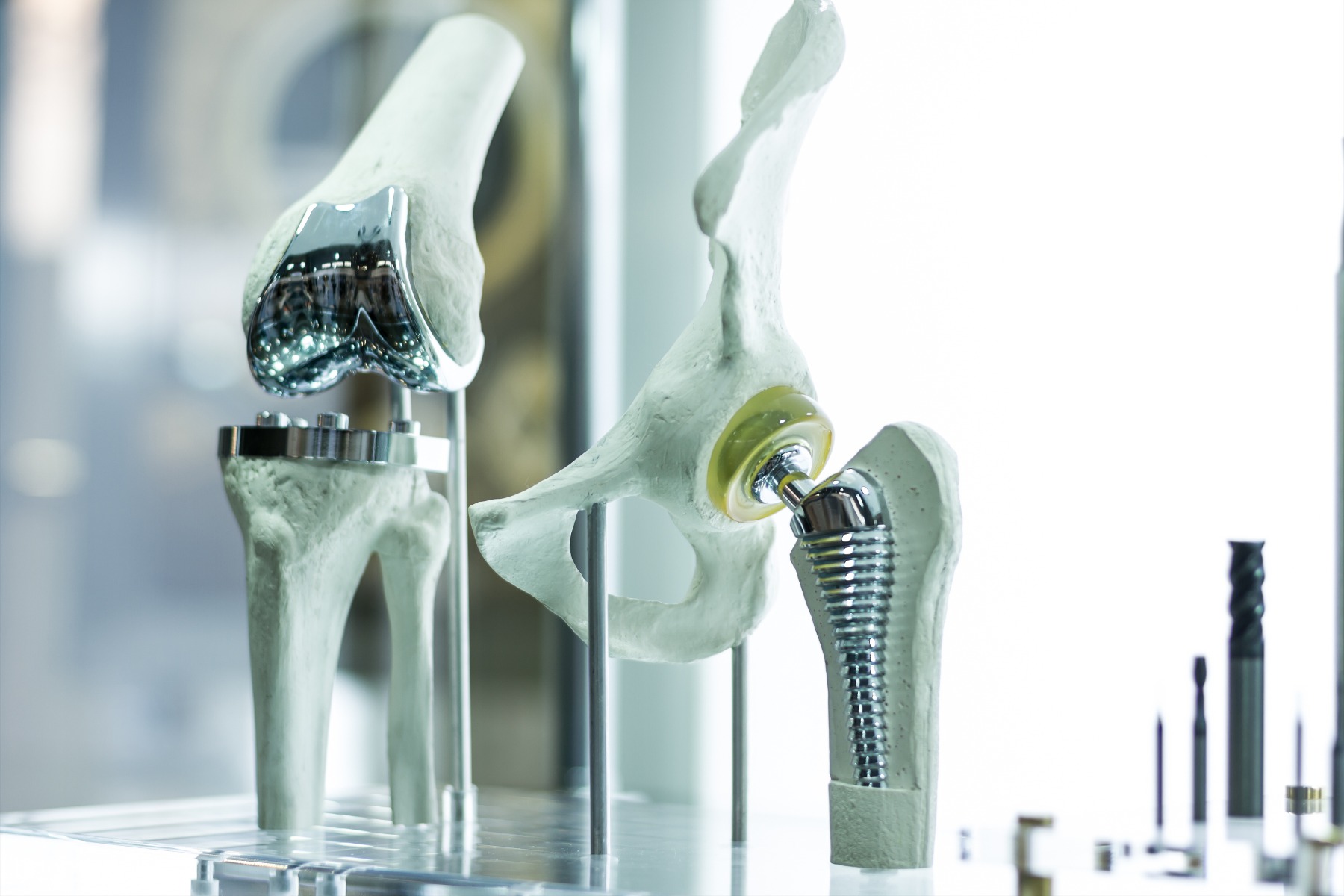
Energy & power
In the energy and power sector, 3D printing has revolutionized the use of spare parts. Between the high cost of downtime when repairs are needed and the logistical challenges of distributing parts to remote locations around the globe, energy companies historically spent a lot of money stockpiling spare parts and maintaining storage facilities. 3D printing provides a more streamlined, cost-effective solution. Energy companies can now print replacement parts on-demand and on-site, such as fuel nozzles, T25 sensors, and gas turbines.Nuclear energy
3D printing has also found its way to the nuclear energy sector, seen by many as a crucial component to the shift to renewable energy. Between nuclear plants’ high temperatures, long lifespan, and stringent safety requirements, nuclear applications require perhaps the highest performance of any industry. For a long time, 3D printing technology was not advanced enough to meet these requirements. But since the first 3D printed part achieved continuing safe operation in a nuclear power plant in 2017, 3D printing has burgeoned in this industry. It is now used to make components like spacer grids, thimble plugging devices, and fuel bundle debris filters.3D Printing Solutions from ACS Material
XDM Printers
ACS carries a range of XDM models of SLM 3D metal printers. All of these function in the same way, with the same basic components: laser scanning system, powder supply system, atmosphere control system, auxiliary cooling system, electrical system, and software package. Unlike some 3D printing software, the XDM package is capable of storing designs, allowing different users or departments to upload their designs and reuse them again and again. Customizable scan path and fully editable process parameters make it easy to optimize the printing process for your needs.All XDM models are suited to a variety of raw materials, including tool steel, stainless steel, titanium alloys, aluminum alloys, and cobalt-chromium alloys. The primary difference between models is the build area, which determines the size of part that can be printed. The XDM 120 produces the smallest parts; the XDM 2000 produces the largest. All printers can be customized with the desired number of lasers, depending on production volume—more lasers provide faster build times and higher volumes.
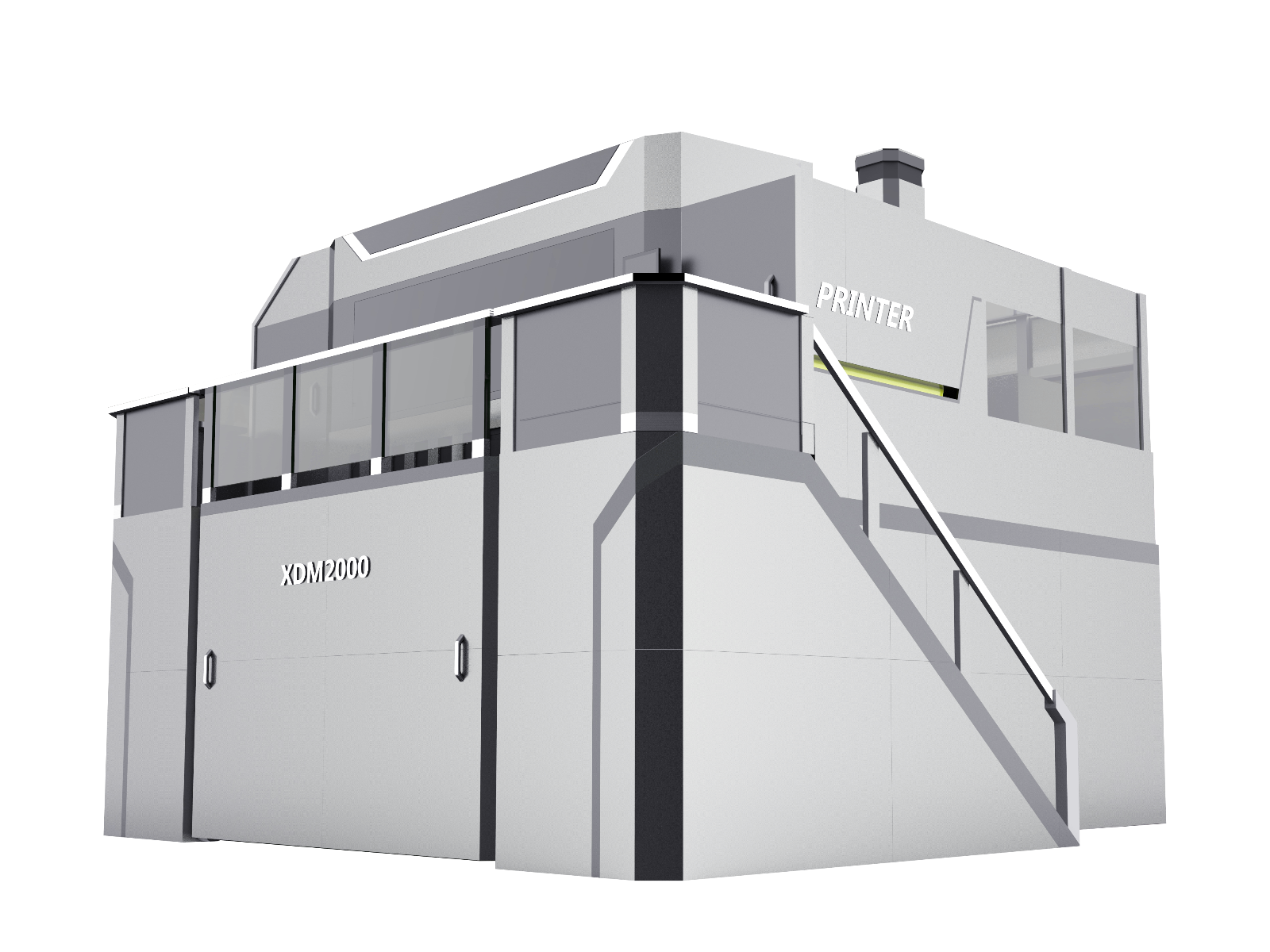
3D printing service
For customers who don’t want to buy their own 3D printer, ACS offers a metal 3D printing service. We can accommodate parts up to 78 x 78 x 25 inches made of tool steel, stainless steel, titanium alloys, aluminum alloys, cobalt-chromium alloys, nickel alloys, and copper alloys. We have experience printing parts for a variety of applications in the aerospace, automotive, electronic, medical, and energy fields.Contact us with your 3D metal printing request.